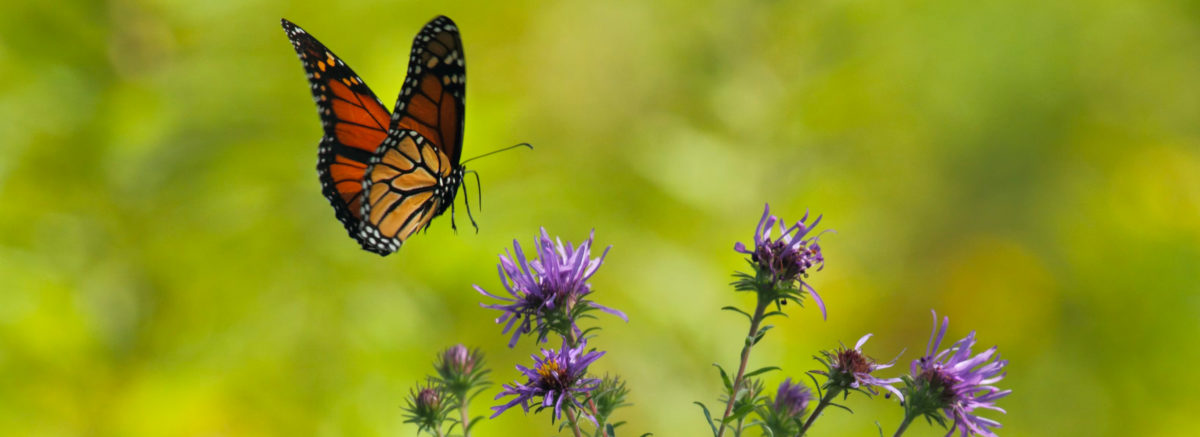The city of Somersworth has registered for certification in the National Wildlife Federation’s Community Wildlife Habitat program. In order for them to become certified, they need our help. Between 150 and 175 properties in the city need to become individually certified.
Since we are all starting off roughly from scratch with our lots, we have a lot of decisions to make about what we want our yards to look like and act as. Knowing what would work towards wildlife certification could be helpful! Here is the list of requirements to qualify for certification:
Food Sources
(Minimum Requirement is to have 3 of these)
Plants provide the basic foods for wildlife. Feeders can be used as a supplemental source of food. Remember that some creatures will become food for others in a balanced habitat. Encourage a natural diversity of wildlife in your yard to ensure a healthy ecosystem. How do you provide food for wildlife?
Food from Plants
- Seeds
- Nuts
- Pollen
- Berries
- Fruits
- Foliage/Twigs
- Nectar
- Sap
Food from Feeders
- Bird Seed Feeder
- Suet Feeder
- Squirrel Feeder
- Butterfly Feeder
- Hummingbird Feeder
Water Sources
(Minimum requirement is to have 1 of these)
Wildlife need a clean water source for drinking and
bathing. How do you provide water for wildlife?
The stream should count for most of us.
- Birdbath
- Water Garden/Pond
- Shallow Dish
- Butterfly Puddling Area
- Lake
- Rain Garden
- Stream/River
- Spring
- Seasonal Pool
- Ocean
Places for Cover
(Minimum requirement is to have 2 of these)
Wildlife need shelter from bad weather and hiding places—
for both predators and prey. How do you provide cover for
wildlife?
- Wooded Area
- Dense Shrubs/Thicket
- Bramble Patch
- Evergreens
- Ground Cover
- Brush/Log Pile
- Rock Pile/Wall
- Burrow
- Cave
- Meadow/Prairie
- Roosting Box
- Water Garden/Pond
Places to Raise Young
(Minimum requirement is to have 2 of these)
In order to provide complete habitat, you must provide
places for wildlife to engage in courtship behavior and
to mate, and then to bear and raise their young. How do
you provide places to raise young for wildlife?
- Mature Trees
- Dead Trees/Snags/Stumps
- Meadow/Prairie
- Dense Shrubs/Thicket
- Nesting Box
- Water Garden/Pond
- Wetland
- Burrow
- Host Plants for Caterpillars
- Cave
Sustainable Gardening Practices
(Must Commit to practices in 2 of these 3 categories)
How you manage your garden or landscape can have an
effect on the health of the soil, air, water and habitat for
wildlife—as well as for the people. Some practices are
more environmentally-friendly and sustainable. How do
you garden sustainably?
Soil and Water Conservation
- Limit Water Use
- Collect Rain Water
- Rain Garden
- Plant Buffer Around Bodies of Water
- Xeriscape (water-wise landscaping)
- Drip or Soaker Hose for Irrigation
- Use Mulch or Ground Cover to Retain Soil Moisture
- and Limit Erosion
- Reduce or Eliminate Lawn
Organic Practices
- Eliminate Chemical
- Pesticides
- Eliminate Chemical
- Fertilizers
- Create Compost Pile
Controlling Exotic Species
- Practice Integrated Pest Management
- Remove Invasive Exotic Species
- Keep Cats Indoors
- Use Native Plants
